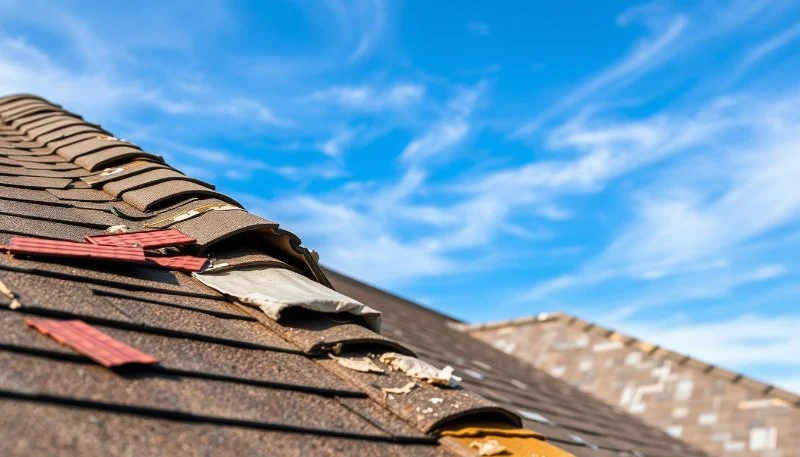
- 1- Understanding Roof Ventilation
- 2- Common Signs of Poor Roof Ventilation
- 3- How Poor Ventilation Causes Roof Damage
- 4- Steps to Repair Roof Damage from Poor Ventilation
- 5- Case Study: Repairing Roof Damage from Poor Ventilation
- 6- Preventing Future Roof Damage from Poor Ventilation
1. Understanding Roof Ventilation
Roof ventilation plays a crucial role in maintaining the overall health of your roof and home. Proper ventilation helps regulate temperature and moisture levels within your attic, preventing excessive heat buildup and humidity. Without adequate ventilation, heat and moisture can become trapped in the attic, leading to a range of issues such as mold growth, wood rot, and premature roof aging. Therefore, understanding the importance of roof ventilation is the first step toward preventing roof damage caused by poor ventilation.
2. Common Signs of Poor Roof Ventilation
Identifying poor ventilation in your roof early can save you from costly repairs and damage. Here are some common signs that indicate your roof may be suffering from poor ventilation:
- Heat Buildup in the Attic: During the summer months, an attic with poor ventilation can become extremely hot, which may be noticeable when you enter the space. Excessive heat can cause shingles to curl and deteriorate prematurely.
- Excess Moisture in the Attic: Inadequate ventilation can lead to moisture accumulation, which can result in mold growth, wood rot, and rust on nails and metal parts of the roof structure.
- Condensation on the Roof Deck: If you notice condensation forming on the underside of the roof deck, it’s a sign that moisture is trapped in the attic due to improper ventilation.
- Stale or Musty Odors: A musty smell in the attic or home often points to moisture problems caused by poor airflow, leading to mold and mildew buildup.
3. How Poor Ventilation Causes Roof Damage
When a roof lacks proper ventilation, several issues can arise that contribute to long-term damage:
- Shingle Damage: Excessive heat from poor ventilation can cause shingles to soften, curl, and crack, reducing their lifespan. Shingles that are exposed to prolonged heat without proper airflow may lose their protective qualities and become more susceptible to UV damage.
- Mold and Mildew Growth: Moisture buildup in the attic can promote mold and mildew growth, which not only damages roofing materials but also poses health risks. Mold can weaken the roof structure over time, leading to leaks and costly repairs.
- Wood Rot: The combination of heat and moisture can cause wood in the roof structure to rot. This weakens the integrity of the roof and can lead to expensive repairs if not addressed promptly.
- Premature Roof Failure: The combination of heat, moisture, and mold can lead to the premature failure of your roof, resulting in the need for costly roof replacements sooner than expected.
4. Steps to Repair Roof Damage from Poor Ventilation
If you suspect that your roof has sustained damage from poor ventilation, it’s important to address the problem quickly to prevent further issues. Here are the key steps involved in repairing roof damage caused by inadequate ventilation:
- Inspect the Roof and Attic: Begin by inspecting the roof and attic for signs of damage. Look for warped or cracked shingles, moisture accumulation, and signs of mold or mildew. This inspection will help you identify the extent of the damage.
- Check and Improve Ventilation: Ensure that the attic has adequate ventilation. This may involve installing additional roof vents, soffit vents, or ridge vents to improve airflow and prevent heat buildup. Proper ventilation can help prevent future damage.
- Replace Damaged Roofing Materials: If shingles or roofing materials are damaged, replace them with new materials to restore the integrity of the roof. This may include replacing warped or cracked shingles, as well as any damaged flashing or underlayment.
- Address Moisture Issues: If moisture is trapped in the attic, it’s essential to address the root cause of the issue. Consider installing a dehumidifier in the attic or improving drainage to keep moisture levels in check.
5. Case Study: Repairing Roof Damage from Poor Ventilation
In 2019, a homeowner in Florida noticed that their roof was leaking, and the attic smelled musty. Upon inspection, it was found that the attic had insufficient ventilation, causing heat and moisture buildup. The homeowner hired a roofing contractor to replace the damaged shingles and improve the attic’s ventilation system by installing additional ridge and soffit vents. After these repairs were made, the homeowner noticed a significant improvement in the attic temperature and air quality, and the roof’s lifespan was extended. This case highlights the importance of addressing ventilation issues early to prevent long-term damage.

MMC Specialty Roofing Inc.
SpringfieldHampden CountyMassachusetts
176 Pinevale St, Indian Orchard, MA 01151, USA
6. Preventing Future Roof Damage from Poor Ventilation
To prevent future roof damage from poor ventilation, follow these tips:
- Maintain Regular Inspections: Periodically inspect your roof and attic for signs of poor ventilation, such as excessive heat or moisture accumulation. Catching problems early can prevent costly repairs down the line.
- Upgrade Your Ventilation System: Ensure that your attic has sufficient ventilation. Installing additional vents or improving airflow can help regulate temperature and prevent moisture buildup.
- Ensure Proper Insulation: Insulation in the attic is also key to preventing heat buildup. Properly insulating your attic can work in tandem with ventilation to keep the temperature consistent and reduce strain on your roof.
- Work with Roofing Experts: For the best results, consider consulting with roofing professionals from trusted sources like BeachCo Roofing Hub to assess and repair ventilation issues. A knowledgeable roofer can help you identify potential problems and provide solutions that will extend the life of your roof.


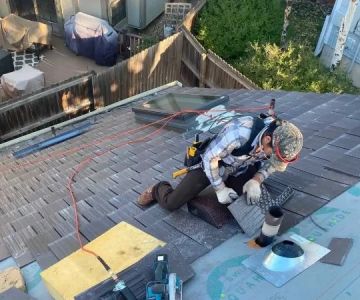
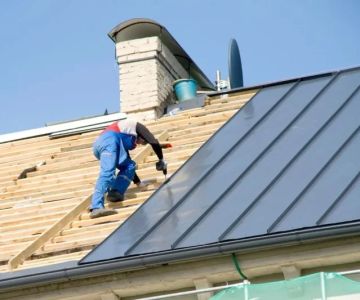
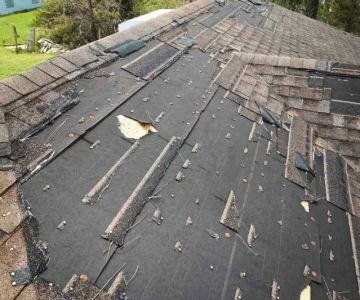
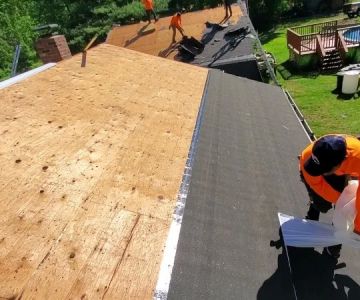
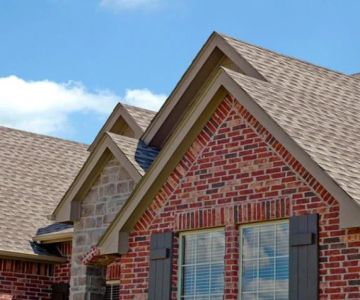

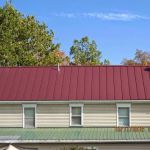 Seal-Rite Roofing LLC1.0 (1 reviews)
Seal-Rite Roofing LLC1.0 (1 reviews)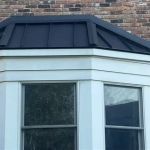 Sav a Roof5.0 (2 reviews)
Sav a Roof5.0 (2 reviews) AND CONTRACTORS, LLC5.0 (2 reviews)
AND CONTRACTORS, LLC5.0 (2 reviews)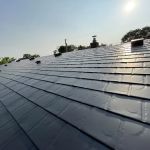 East Coast Metal Roofing4.0 (485 reviews)
East Coast Metal Roofing4.0 (485 reviews) Williams & Sons Roofers4.0 (42 reviews)
Williams & Sons Roofers4.0 (42 reviews)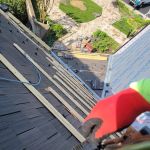 Edil Construction3.0 (2 reviews)
Edil Construction3.0 (2 reviews)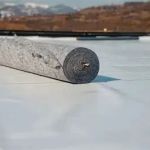 The Pros and Cons of a Cold-Applied Roof Membrane System: A Comprehensive Guide
The Pros and Cons of a Cold-Applied Roof Membrane System: A Comprehensive Guide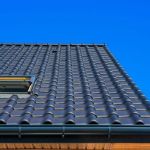 Best Roofing Materials and Costs for 2024 – Complete Guide
Best Roofing Materials and Costs for 2024 – Complete Guide What is a Roofing Project Completion Certificate? For Insurance and Records
What is a Roofing Project Completion Certificate? For Insurance and Records How to Install a Roof Vent for a Commercial Kitchen Exhaust System
How to Install a Roof Vent for a Commercial Kitchen Exhaust System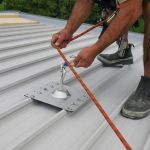 How to Install a Roof Anchor for Safety During Repairs
How to Install a Roof Anchor for Safety During Repairs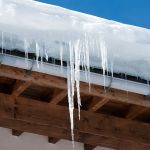 How to Fix a Roof Leak Caused by Ice Dams | BeachCo Roofing Hub
How to Fix a Roof Leak Caused by Ice Dams | BeachCo Roofing Hub